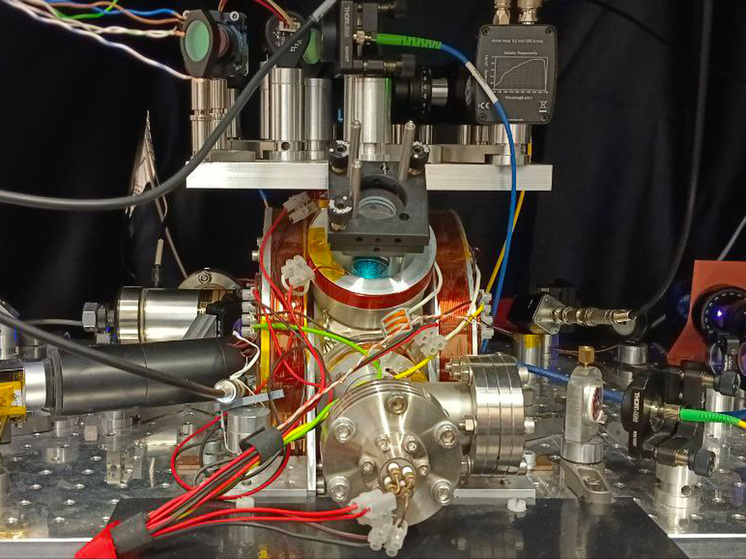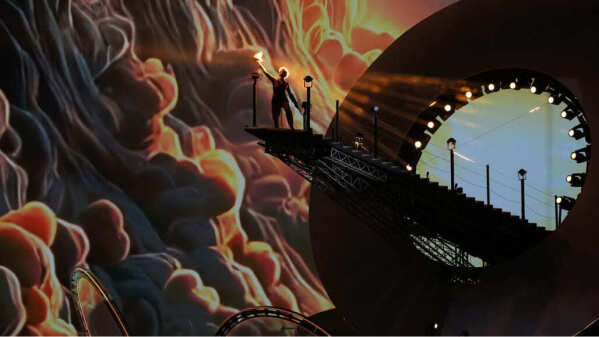Portable atomic clock developed: error of 1 second in 300 million years

The Lebedev Physical Institute of the Russian Academy of Sciences demonstrated the most accurate portable atomic clock.
One of the world's most accurate portable atomic clocks, powered by atoms of the rare earth metal thulium, was recently demonstrated by specialists from the Lebedev Physical Institute of the Russian Academy of Sciences.

test banner under the title image
An atomic clock is a device that uses the periods of an atom's changing state as a "pendulum." This device is essential for determining the position of spacecraft, aircraft, submarines, and automobiles. All telecommunications companies, including mobile phone stations and timekeeping services, adhere to the atomic standard.
Since 1967, all countries worldwide have recognized cesium-133 clocks as the standard timekeeper. Their error is 1x10 to the minus 16th power, which corresponds to an error of one second every 300 million years (for comparison, mechanical wristwatches accumulate an error of 20 extra seconds per day).
However, science does not stand still, and in many countries, optical strontium clocks have been created, are operating, and are just waiting in the wings to become a time standard. The accuracy of these clocks is already 10 to the minus 18th power, which means that a deviation from the exact time by one second is possible only after 30 billion years!
However, both cesium and optical strontium atomic clocks are large, stationary devices that are difficult to move while measuring time. Therefore, scientists around the world are striving to minimize the size of atomic chronometers.
As reported to MK by the Lebedev Physical Institute (FIAN), their laboratory staff have succeeded in creating the most accurate portable clock based on atoms of the rare earth metal thulium. This is the core of their "clockwork," whose fractions of a second are measured by the frequency of the quantum transition of an atom's electrons from one atomic energy level to another under the influence of a laser. They have already surpassed the accuracy of cesium clocks (10 to the 16th power of a second), but, unlike stationary clocks, they are 2,000 times more resistant to the external electromagnetic fields that surround us.
The compact size of thulium clocks, which measure less than one cubic meter (the space a squatting adult occupies), makes atomic timekeeping devices easily transportable. Today, they outperform their German and American counterparts.
The institute has already begun experiments with portable thulium clocks. According to the laboratory, the next step is to test Einstein's theory of relativity, which causes a frequency shift depending on altitude. According to the theory, clocks measure time at different rates depending on their altitude. Near strong gravitational forces, such as on Earth, they slow down, while farther from Earth, they speed up.
As Nikolai Kolachevsky, Director of the Lebedev Physical Institute (FIAN), explained, in the future, portable, highly accurate optical atomic clocks could be used to synchronize high-speed data transmission or to detect the presence of dark matter. "It is expected that on Earth, as it passes through a cloud of dark matter, clocks may slightly deviate," says Nikolai Kolachevsky. "If so, thulium clocks will show a deviation." Furthermore, thulium clocks will help improve the accuracy of signal transmission in large navigation systems (GLONASS) and synchronize quantum computers.












